The Chris Dyson Architects founder describes how he has been influenced by the American abstract artist, who died this week at the age of 85
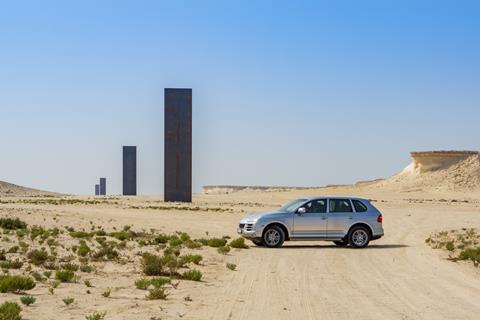
Richard Serra, who died earlier this week, was an artist of great significance for anyone in the business of shaping space – every one of his sculptures is an object lesson in balance and poise.
His work has been an inspiration over the years, sparking my own interest in CorTen steel in buildings. Serra achieved mastery over this material. He seemed able to sculpt vast sheets of it as if they were tin, pushing the limits of engineering and fabrication to realise his vision.
The experience of his works can be unnerving – the way they lean and defy gravity, or narrow and compress space, can feel almost threatening. He makes you feel that negative space as much as the weight of the objects themselves. My first encounter was with ‘Snake’ at Bilbao’s Guggenheim, shortly after the museum’s opening in 1997. Here, the vast ground floor gallery is designed around meandering steel walls, in a meeting of art, architecture, and engineering. The building’s structure was reinforced to support their enormous mass. They were installed during construction as a permanent installation, grounding the theatricality of Gehry’s lighter titanium-clad building.
Serra inspired architects with the possibilities in something so intransigent as solid metal. It’s hard to pinpoint the start of my own love affair with weathered steel, but as a young architect studying in Glasgow, I used to collect objects washed up on the beaches of the west coast of Scotland. Once, I found a rusty, gnarled bedspring from a mattress – a beautiful thing I took back and hung on my wall.
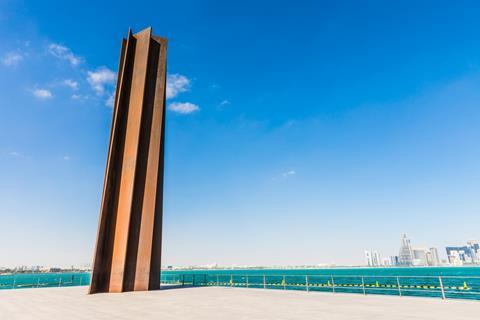
Later, working with Michael Wilford on the Bilbao interchange, I tried in vain to advocate CorTen, but he insisted on purple-hued stainless steel for the huge spanning arch. That project was sadly never realised, but I have since had my way in Shoreditch, where steel’s tough, oxidised texture sits well with the area’s remnants of industry, and in Gloucestershire with Gasworks. An old shed roof at the back of Jeanette Winterson’s cottage set a precedent for the use of CorTen for a circular tower. And in Suffolk, I have built a shed of the material in our garden. It looks so good from day one, but its beauty is in its evolution, as it changes colour with the seasons: bright, warm burnt orange in the summer and dark, brooding brown in winter light and rain.
Closer to home in London, I often walk past Serra’s 1987 ‘Fulcrum’. The work, installed by Liverpool Street Station, consists of five towering sheets of steel, 55-foot-high, just leaning against each other. It is a piece of public sculpture like no other. You can feel Serra’s experience of visiting his father in a shipyard as a child, that sense of scale – like the rusting prow of a ship, a small human under this awesome industrial weight. Changed by time, today it has a deep, rich patina – it has also moved a little, as last year it was hoisted a metre or so to enable improvements to the public space in a fantastically nerve-wracking and expensive process.
In many ways, Serra worked like an architect, taking a sketch through to the complex realisation of a project, often in the public realm; a process that often takes years and draws on collaboration with foundries, engineers, planners. But his work is pure form, liberated from function. His loss will be deeply felt, but his legacy, like great architecture, will stand for generations.
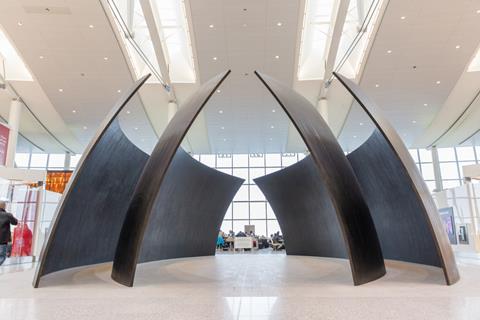



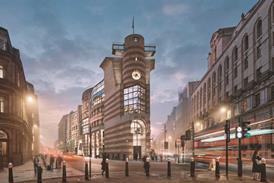
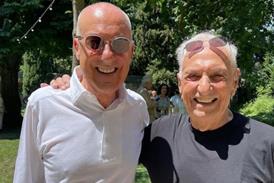
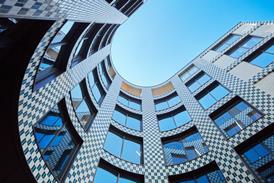










No comments yet